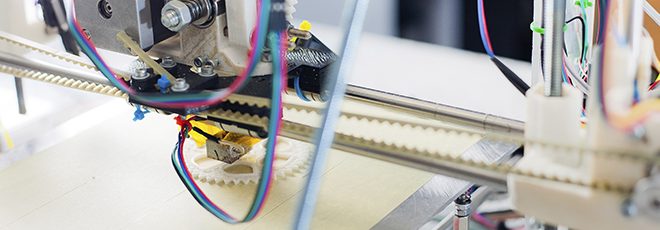Everyone who feels threatened by electronic recordings usually refers to Big Brother. There was no escaping the party leader’s menacing presence in the novel 1984. Posters warned characters that “Big Brother is watching you” and “telescreens” monitored every activity.
The fleets and drivers who take the time to understand the electronics on a modern truck are more likely to be thankful for the watchful eyes.
Consider what these tools can do. The Electronic Control Modules on engines now monitor a long list of potential faults and control the combustion process. Global Positioning Systems and satellite networks track where loads are at a moment’s notice. And everyone is more connected than ever thanks to cell phones and email.
Electronic logbooks offer a perfect example of the difference that electronic data can make.
As of June 2012, carriers who are prone to ongoing Hours of Service violations in the U.S. will have to install these Electronic On-Board Recorders (EOBRs), and the Federal Motor Carrier Safety Administration is now looking to mandate the tools on every interstate truck. But a growing number of fleets are already enjoying the power of these devices before they become the law. EOBRs eliminate many of the simple paperwork errors that can be frustrating for drivers and fleets alike. Rather than being measured on how well they mark lines on a grid or fill out blank spaces at the top of a log sheet, drivers simply press a button whenever they change their duty status. Dispatchers know exactly how much time remains in a driver’s workday and when loads will need to be parked.
Errors which can lead to fines or marks on safety ratings become a thing of the past. In addition to that, the businesses can reassign workers who are feeding logbook pages into electronic readers.
Of course, this is hardly the only electronic tool that can help to manage driver and business activities.
Consider the latest generation of Global Positioning Systems that give fleets the chance to introduce geo-fencing strategies, sounding an alarm whenever a truck strays outside a specific area. That can alert dispatchers about stolen or hijacked equipment as well as drivers who may be lost. By noticing a truck that has not moved at all, a fleet may identify a driver who has been injured and needs medical help.
The benefits of these tools even extend to shippers, as the systems send automated messages about freight locations. Emails can be generated when someone leaves the yard, clears Customs, or comes within an hour of a loading dock. And this is the type of information that can reduce potential delays at a loading dock, as well as the time invested in answering calls which ask about the status of a load.
Another technology in the form of camera-based systems that sound a warning whenever a driver strays from a lane will obviously help to prevent single-vehicle rollovers, but the benefits of these recordings don’t end there. The videos can also be used as a training tool to show drivers specific examples of driving habits that need to be improved.
These systems can also record important details in the seconds before or after a collision. One owner-operator who installed video equipment of his own was immediately able to show a State Trooper that he had been cut off by a motorist who claimed to be in the right. He was allowed to continue his trip without any delay.
Of course, valuable electronic data is not limited to those who invest in cutting-edge technology. The same Electronic Control Modules that control any modern engine can also generate reports about fuel economy, a driver’s shift points, hard braking and coasting habits.
Every one of these factors deserves to be tracked. Drivers who are involved in too many hard braking events, for example, are likely too aggressive behind the wheel. That can raise the risk of collisions, causes parts like tires and brakes to wear out prematurely, and lowers fuel economy.
Fleets can base benchmarks for the different measurements by tracking their overall experience with trucks on similar trips. Those that travel exclusively in the Greater Toronto Area can be expected to have more sudden brake applications at lower speeds than a long-haul driver, but it is possible to compare the experience of a driver’s peers.
And when managers take the time to compare available data, the opportunities to improve a business are endless.



